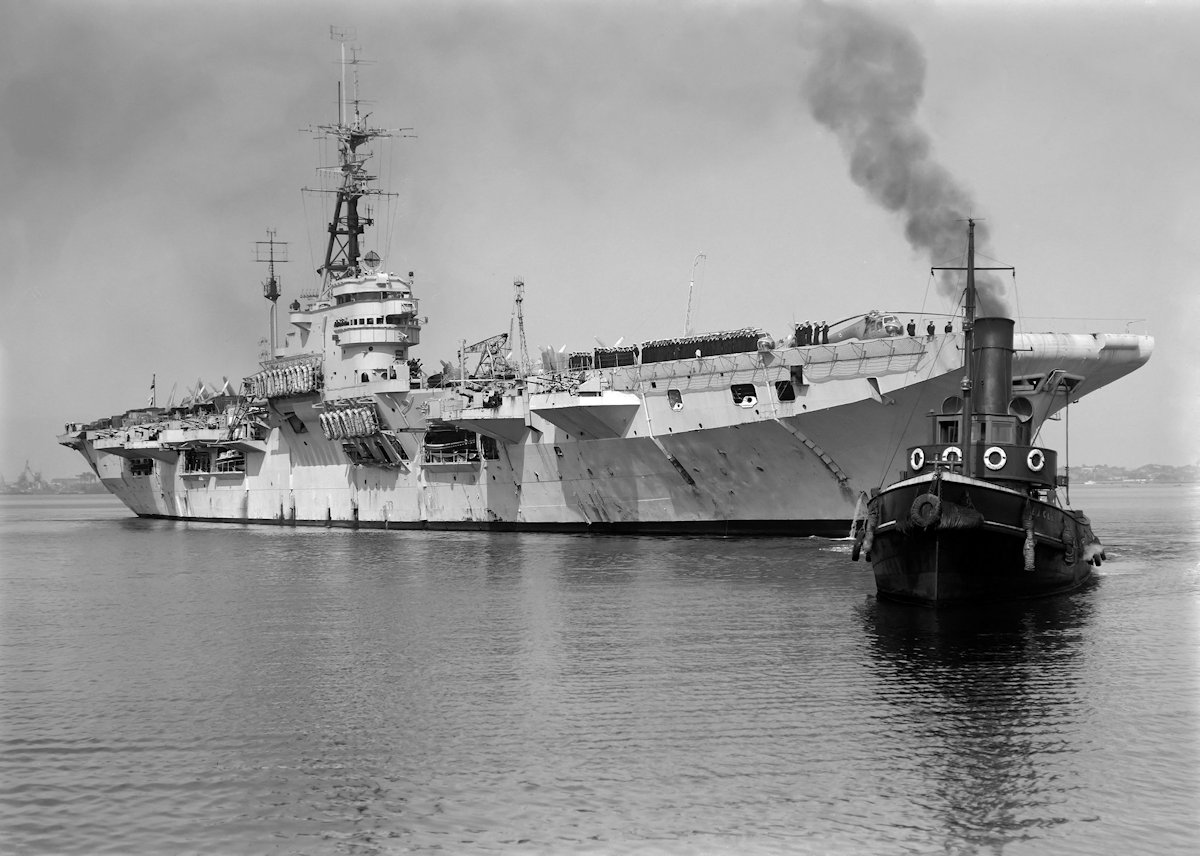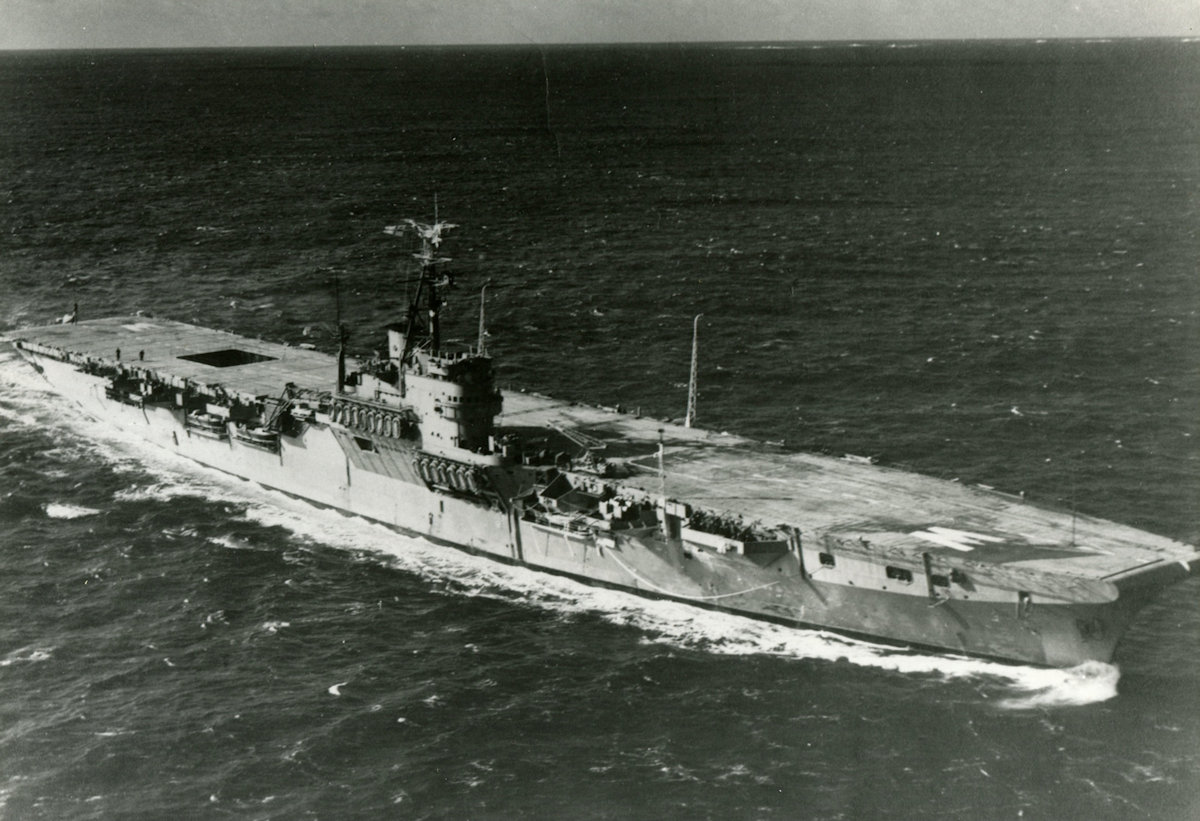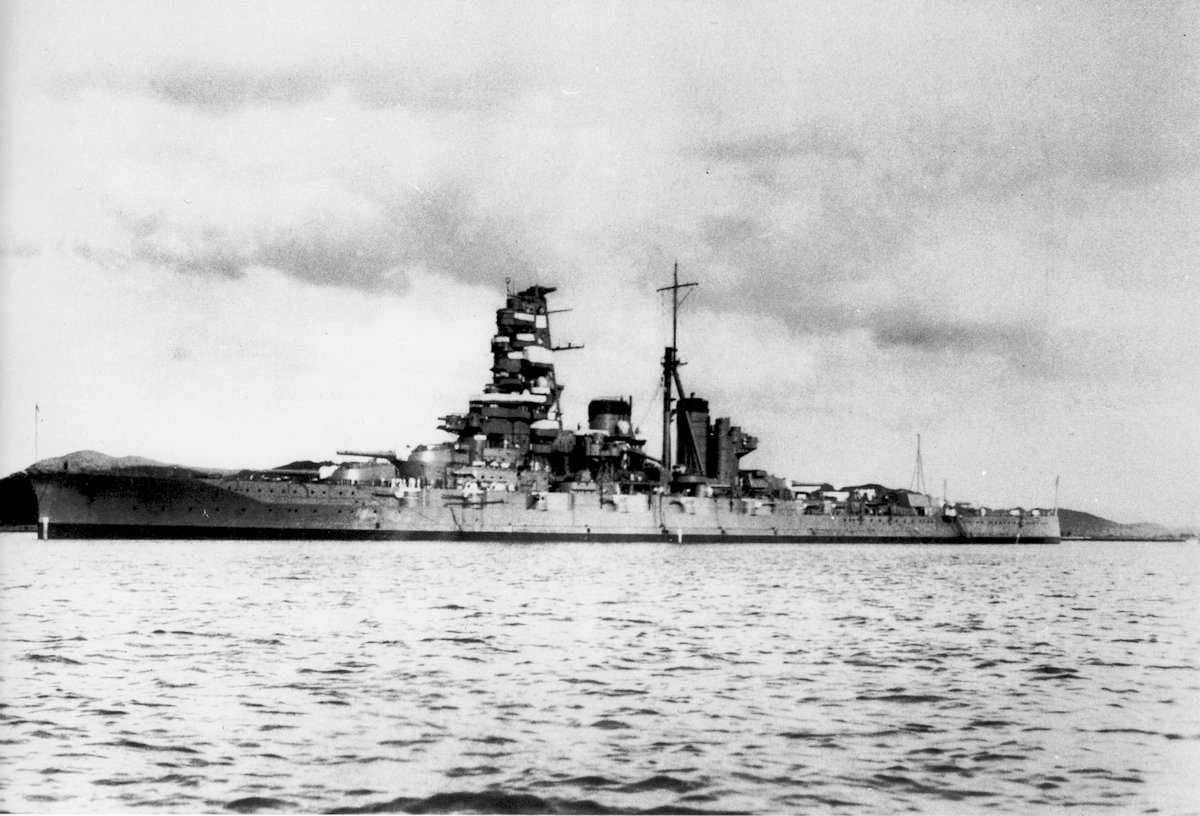Tag: Military
-
British Aircraft Carrier HMS Vengeance

British Aircraft Carrier HMS Vengeance Photos of HMS Vengeance HMS Vengeance in Service Completed on 15 January 1945, HMS Vengeance was a Colossus-class aircraft carrier built for the Royal Navy. Vengeance arrived in Sydney Australia in July 1945, but was still in port when the Japanese surrendered and therefore saw no action during the Second… Read more
-
Canadian Aircraft Carrier HMCS Warrior

Canadian Aircraft Carrier HMCS Warrior Laid down on 12 December 1942 as HMS Warrior, a Colossus-class light-aircraft carrier for the Royal Navy, the ship was loaned to the Royal Canadian Navy as HMCS Warrior. Commissioned on 24 January 1946, she lacked heating for some of the onboard equipment, as the Royal Navy had intended her… Read more
-
Japanese Battlecruiser Haruna

Japanese Battlecruiser Haruna Laid down on the 15th of March 1912 and launched on the 14th of December 1914, Haruna was the forth of the four-ship Kongō-class battlecruisers built for the Imperial Japanese Navy. Her three sisters were Kirishima, Hiei and Kongō. Commissioned into the fleet on the 19th of April 1915, she saw no action during the… Read more